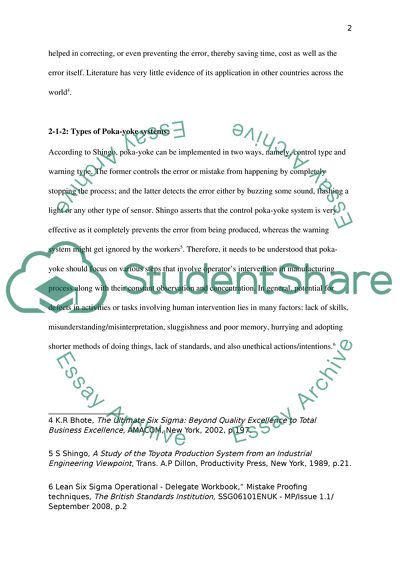Cite this document
(“Poka-Yoke Process Applied and Avoiding Errors in Manufacturing Literature review”, n.d.)
Poka-Yoke Process Applied and Avoiding Errors in Manufacturing Literature review. Retrieved from https://studentshare.org/systems-science/1799104-how-to-improve-the-implementation-of-a-poka-yoke-solution-from-the-user-perspective
Poka-Yoke Process Applied and Avoiding Errors in Manufacturing Literature review. Retrieved from https://studentshare.org/systems-science/1799104-how-to-improve-the-implementation-of-a-poka-yoke-solution-from-the-user-perspective
(Poka-Yoke Process Applied and Avoiding Errors in Manufacturing Literature Review)
Poka-Yoke Process Applied and Avoiding Errors in Manufacturing Literature Review. https://studentshare.org/systems-science/1799104-how-to-improve-the-implementation-of-a-poka-yoke-solution-from-the-user-perspective.
Poka-Yoke Process Applied and Avoiding Errors in Manufacturing Literature Review. https://studentshare.org/systems-science/1799104-how-to-improve-the-implementation-of-a-poka-yoke-solution-from-the-user-perspective.
“Poka-Yoke Process Applied and Avoiding Errors in Manufacturing Literature Review”, n.d. https://studentshare.org/systems-science/1799104-how-to-improve-the-implementation-of-a-poka-yoke-solution-from-the-user-perspective.


